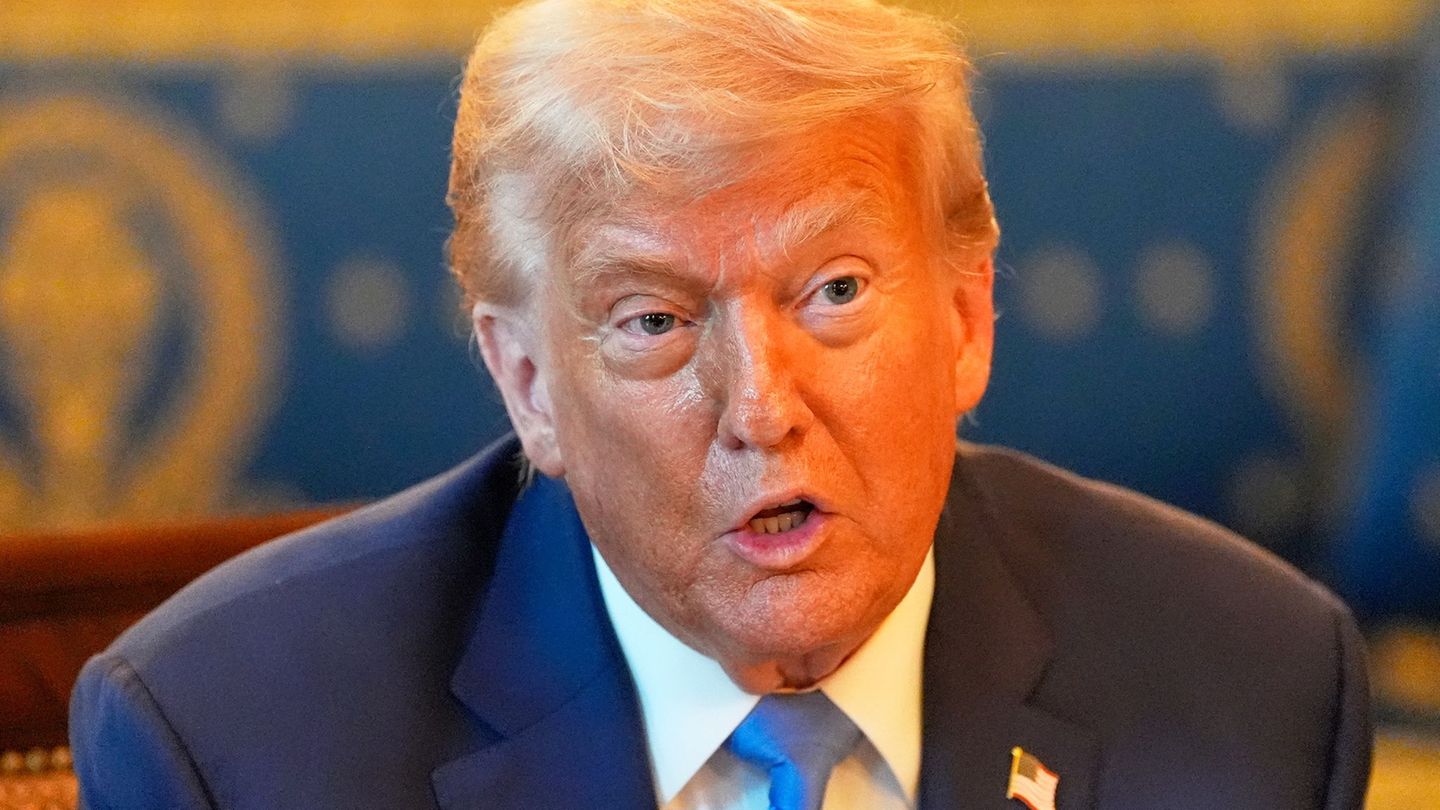With the Dolar blue hovering around $975 and the MEP dollar plummeting over the last week, the crypto dollar, today at $909.24, is not very attractive, but it is still an alternative offered by the world of cryptocurrencies to acquire dollars more economically ( than blue) and 24 hours a day.
In this scenario, stablecoins associated with the dollar are gaining popularity, cryptocurrencies designed to reduce volatility by being linked to the value of the greenback. Notable examples in this market are USDT, USDC or DAIamong others.
The crypto ecosystem not only allows you to instantly acquire “digital dollars” from home, but also enables investment opportunities with returns in these cryptocurrencies. Here we detail everything.
Crypto fixed term: what it is like
Just as digital wallets such as Mercado Pago, Ualá or Naranja X offer passive returns based on the users’ balance, crypto wallets such as Lemon Cash or Bitso are governed by the same principle.
Once the person registers in one of these wallets, they load their account (in pesos) and buy cryptocurrenciesyou can activate a specific feature so that those funds generate profits in the same currency you acquired.
In this way, users can obtain stablecoins like USDT, USDC or DAI and earn on these “crypto dollars”. The key advantage is that the money does not need to be blocked; Returns are weekly and can be withdrawn at any time.
“The returns go directly to your Bitso wallet every week, without administrative commission charges,” details the website of the aforementioned exchange, offering a clear and convenient vision for those interested in this form of investment.
The dollars digital have become a boom in an economy with exchange restrictions like Argentina. Investors’ eyes are mainly on stablecoins, that is, virtual currencies with a price 1-1 with some asset of the digital economy. Are they convenient?
The most notable features
- Security: They have the particularity of being safe since they seek parity with the dollar or another safe asset.
- Without intermediaries: They can be purchased unlimitedly through any platform that allows the purchase and sale of cryptocurrencies with instant credit.
- They are not devalued
How many types of digital dollars are there
There are several digital dollars that differ in the type of reserve (or collateral) they use to maintain the peg (parity) with the dollar.
1. Fiat Collateral: Maintains reserves in fiat money: it is assumed that there is at least $1 in a bank account for each token issued. Such is the case of USDT and USDC. They are the most used and the safest.
2. Hybrid collateral
They combine fiat money and cryptocurrencies, such as DAI. In this case, the reserve is divided between cryptoassets such as Ethereum or Bitcoin and other stablecoins, such as USDC or USDT, backed by fiat currency.
3. Algorithmic: The best known is UST, from the Terra ecosystem, which in May lost its parity and led to the forking of the network, in addition to putting the crypto world in check. Its operation is based on a coin issuance and redemption algorithm. In the aforementioned case, for each UST created, US$1 of LUNA (Terra’s native cryptocurrency) was withdrawn from circulation and vice versa. They are not the most convenient.
4. Crypto collateral: In this case, the support is other digital currencies, such as DOC, collateralized in Bitcoin.
Source: Ambito
I am a 24-year-old writer and journalist who has been working in the news industry for the past two years. I write primarily about market news, so if you’re looking for insights into what’s going on in the stock market or economic indicators, you’ve come to the right place. I also dabble in writing articles on lifestyle trends and pop culture news.




